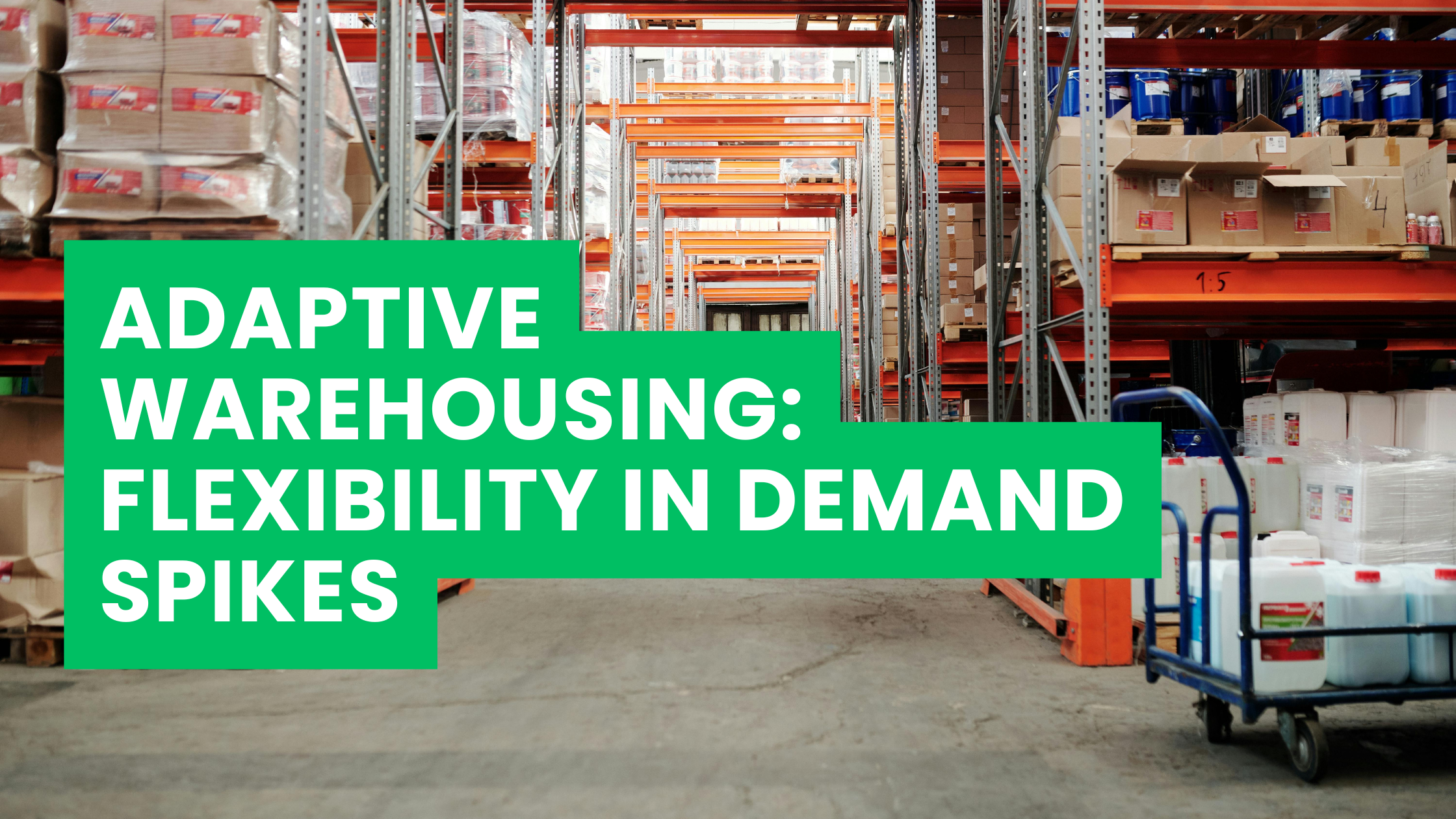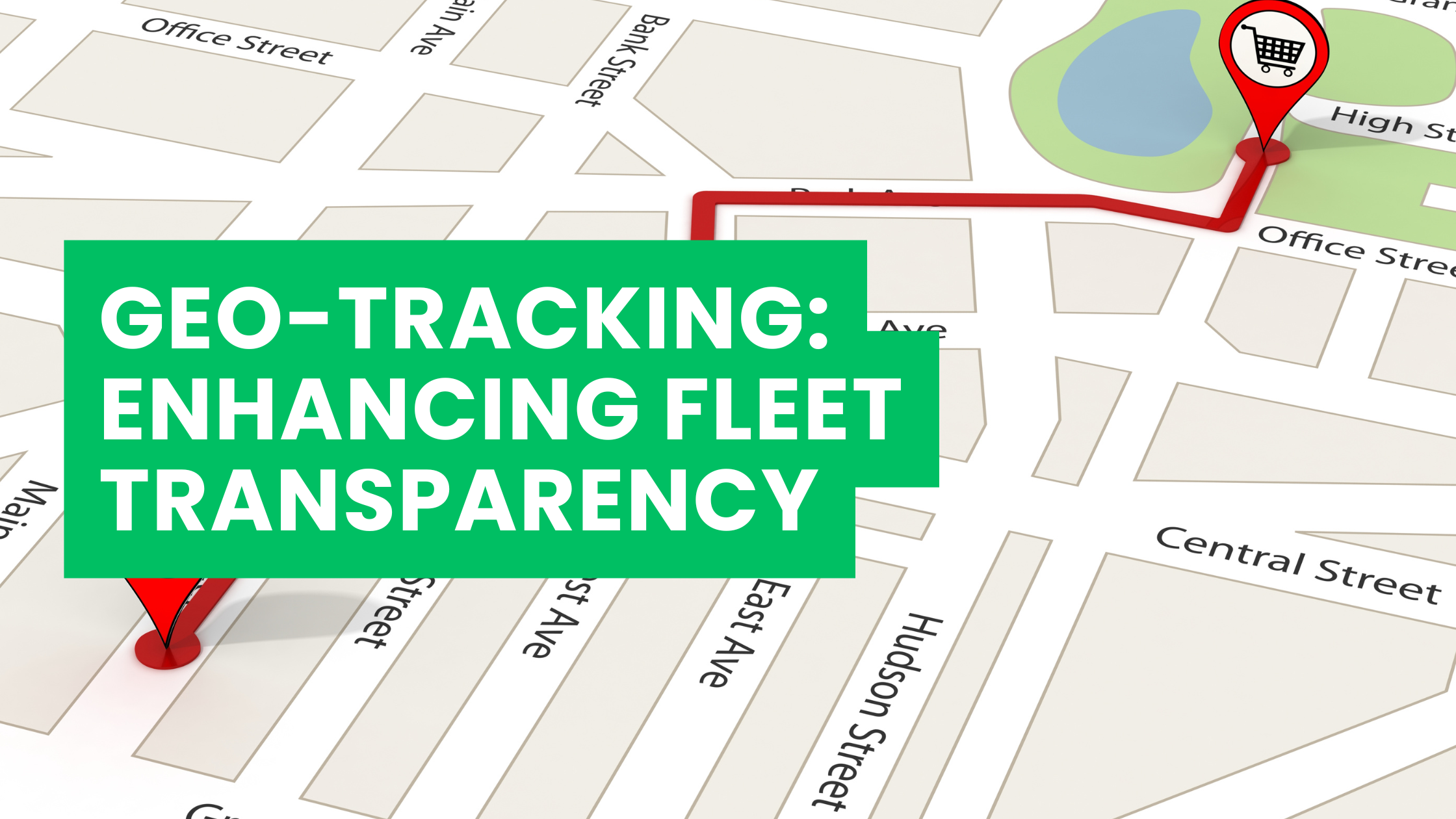Introduction
Global supply chains have become increasingly unpredictable. From seasonal shopping booms to sudden geopolitical disruptions, businesses face demand fluctuations that can overwhelm traditional warehousing models. For IT, telecom, e-commerce, and logistics players, the ability to adapt quickly to spikes in demand is no longer optional—it’s a competitive necessity.
This is where adaptive warehousing steps in. By blending scalable infrastructure, smart technology, and agile operations, adaptive warehousing ensures companies can absorb demand shocks without compromising service levels or profitability.
ASL International has witnessed firsthand how businesses leveraging adaptive warehousing strategies stay resilient while others struggle with bottlenecks. This article explores what adaptive warehousing is, why it matters, and how companies can adopt it to thrive in volatile markets.
What Is Adaptive Warehousing?
Adaptive warehousing is a flexible warehousing model designed to scale operations up or down based on real-time demand. Unlike conventional static warehouses, which lock businesses into rigid space and labor allocations, adaptive warehouses rely on a mix of:
- On-demand warehousing networks (shared facilities that expand or contract as needed).
- Digital technologies (IoT, WMS, robotics, and AI forecasting).
- Dynamic labor models (flex staffing, third-party providers, and automation).
The goal is simple: create a resilient storage and distribution ecosystem that can flex during peaks—such as holiday seasons, new product launches, or unexpected supply chain disruptions—and contract during slower periods, minimizing costs.
Why Flexibility Matters in Today’s Warehousing
Demand Volatility Is the New Normal
Retailers face Black Friday-style spikes multiple times a year. Telecom and IT suppliers encounter sudden surges when governments approve infrastructure rollouts. Global events, such as pandemics or geopolitical conflicts, cause demand patterns to shift overnight.
Rigid warehousing can’t handle this volatility. Companies risk:
- Overstocking and wasted space.
- Stockouts leading to lost sales.
- Rising logistics costs due to inefficient storage and handling.
The Cost of Inflexibility
Traditional warehouses often operate on long leases, fixed staff levels, and outdated manual processes. When demand spikes, companies scramble for extra space or staff, often at premium prices. Conversely, in downturns, they pay for unused capacity.
Adaptive warehousing eliminates this “one-size-fits-all” trap, enabling cost optimization while safeguarding supply chain resilience.
Core Principles of Adaptive Warehousing
1. Scalability
Warehousing capacity can expand during high-volume periods and shrink afterward, ensuring businesses only pay for what they use.
2. Agility
Adaptive warehouses enable rapid reconfiguration of workflows, storage layouts, and staffing levels.
3. Technology-Driven Intelligence
Real-time inventory tracking, demand forecasting, and automated resource allocation allow smarter decision-making.
4. Collaborative Ecosystems
Partnerships with 3PLs (third-party logistics providers), shared facilities, and IOR/EOR (Importer/Exporter of Record) services give companies global reach without massive fixed investments.
How Adaptive Warehousing Handles Demand Spikes
Seasonal Peaks
E-commerce sees spikes during holidays. Adaptive warehouses employ on-demand space and temporary workforce scaling to absorb the surge.
Product Launches
For IT and telecom sectors, when a new server, router, or smartphone enters the market, demand explodes. Adaptive warehousing ensures quick storage reallocation and priority handling, preventing missed sales windows.
Emergency Supply Chain Disruptions
Political instability, port closures, or sudden regulatory changes often cause supply bottlenecks. Adaptive warehousing provides buffer capacity and flexible rerouting to keep supply chains moving.
Technologies Powering Adaptive Warehousing
Warehouse Management Systems (WMS)
Cloud-based WMS enables real-time monitoring of inventory and labor, allowing dynamic adjustments during spikes.
Robotics and Automation
Automated Guided Vehicles (AGVs), robotic arms, and drones accelerate picking and packing, reducing reliance on manual labor.
IoT Sensors
Sensors track inventory levels, temperature, and equipment performance, enabling predictive actions.
Artificial Intelligence and Machine Learning
AI forecasts demand patterns, optimizing space utilization and workforce allocation before spikes occur.
Blockchain
For industries requiring compliance and traceability, blockchain ensures transparent, secure, and auditable supply chain records.
Adaptive Warehousing Strategies
On-Demand Warehousing
Leverage a network of flexible facilities instead of relying solely on one fixed warehouse.
Cross-Docking
Speed up distribution by transferring incoming shipments directly to outbound trucks, minimizing storage needs.
Micro-Fulfillment Centers
Small, automated hubs near urban centers reduce delivery times during demand spikes.
Dynamic Staffing Models
Partner with staffing agencies or deploy gig-economy labor platforms for peak season workforce scaling.
Integration with IOR/EOR Services
For global IT and telecom shipments, integrating warehousing with IOR services ensures seamless compliance, customs clearance, and last-mile delivery, even in volatile markets.
Real-World Examples of Adaptive Warehousing
Case 1: E-Commerce Giant During Holiday Season
An online retailer in Asia leveraged on-demand warehousing and robotics to process 5x normal order volumes during Singles’ Day, while maintaining same-day delivery.
Case 2: Telecom Infrastructure Rollout
A telecom operator launching 5G across Africa faced unpredictable equipment deliveries. Adaptive warehousing with flexible storage and customs-ready processes allowed them to scale up smoothly, avoiding project delays.
Case 3: IT Equipment Import
A global tech firm importing servers to emerging markets partnered with ASL International’s adaptive warehousing and IOR support. This ensured fast customs clearance, scalable space, and regulatory compliance, cutting lead times by 30%.
Benefits of Adaptive Warehousing
- Cost Efficiency: Pay for only the space and services you use.
- Speed and Reliability: Faster fulfillment during spikes.
- Risk Mitigation: Flexible capacity cushions against disruptions.
- Customer Satisfaction: On-time deliveries improve brand trust.
- Regulatory Compliance: Integration with IOR/EOR reduces legal and customs risks.
Challenges in Implementing Adaptive Warehousing
While adaptive warehousing offers immense potential, it comes with hurdles:
- Technology Investment: Requires upfront digital transformation.
- Data Integration: Linking WMS, ERP, and logistics systems can be complex.
- Labor Management: Training flexible staff pools for specialized industries (like IT equipment) can be challenging.
- Partner Reliability: On-demand warehouse providers must maintain consistent quality standards.
ASL International helps clients overcome these challenges by combining local expertise, global networks, and compliance knowledge.
Future of Adaptive Warehousing
AI-First Warehousing
Predictive algorithms will autonomously allocate space, staff, and equipment based on real-time signals.
Robotics as a Service (RaaS)
Businesses will rent robotic automation on a subscription model, making advanced automation affordable.
Sustainability Integration
Green warehouses with renewable energy, smart lighting, and circular packaging solutions will become standard.
Global Adaptive Networks
Companies will increasingly rely on integrated adaptive warehousing and IOR ecosystems, ensuring resilience across continents.
Actionable Steps for Businesses
- Audit Current Warehousing: Identify inefficiencies and rigid contracts.
- Invest in Technology: Start with cloud WMS and demand forecasting tools.
- Explore Partnerships: Leverage 3PLs, on-demand warehousing, and IOR providers.
- Build Flex Staffing Pools: Train a mix of permanent and flexible staff.
- Pilot Adaptive Models: Test adaptive warehousing in one market before scaling globally.
Conclusion
Adaptive warehousing is no longer a futuristic concept—it’s the backbone of modern supply chain resilience. By embracing scalability, agility, and technology-driven operations, businesses can thrive during demand spikes instead of being crushed by them.
For IT, telecom, and e-commerce industries, adaptive warehousing ensures faster go-to-market strategies, seamless compliance, and customer satisfaction.









